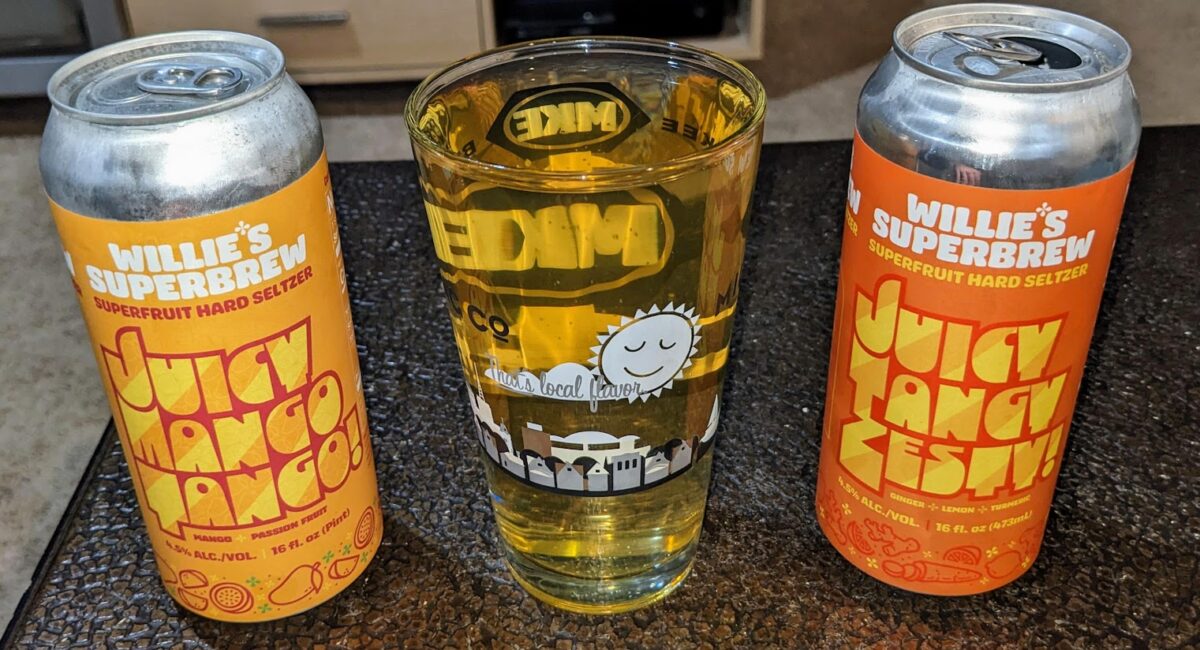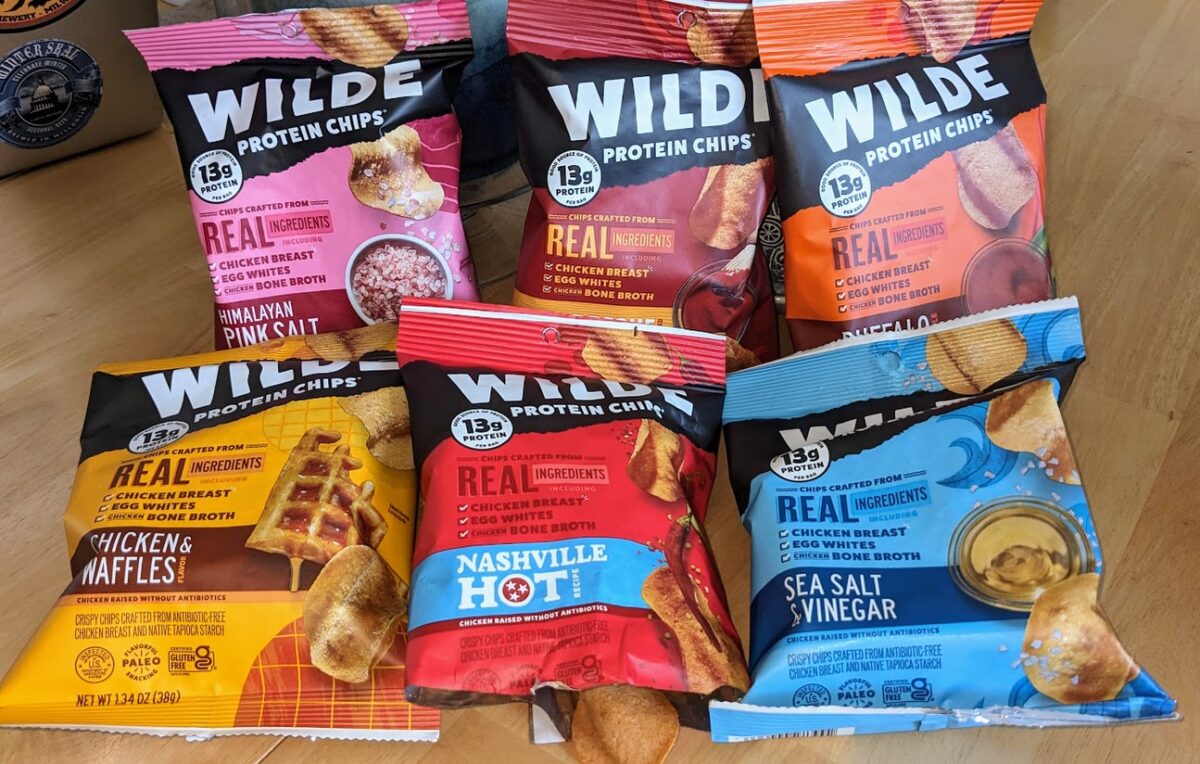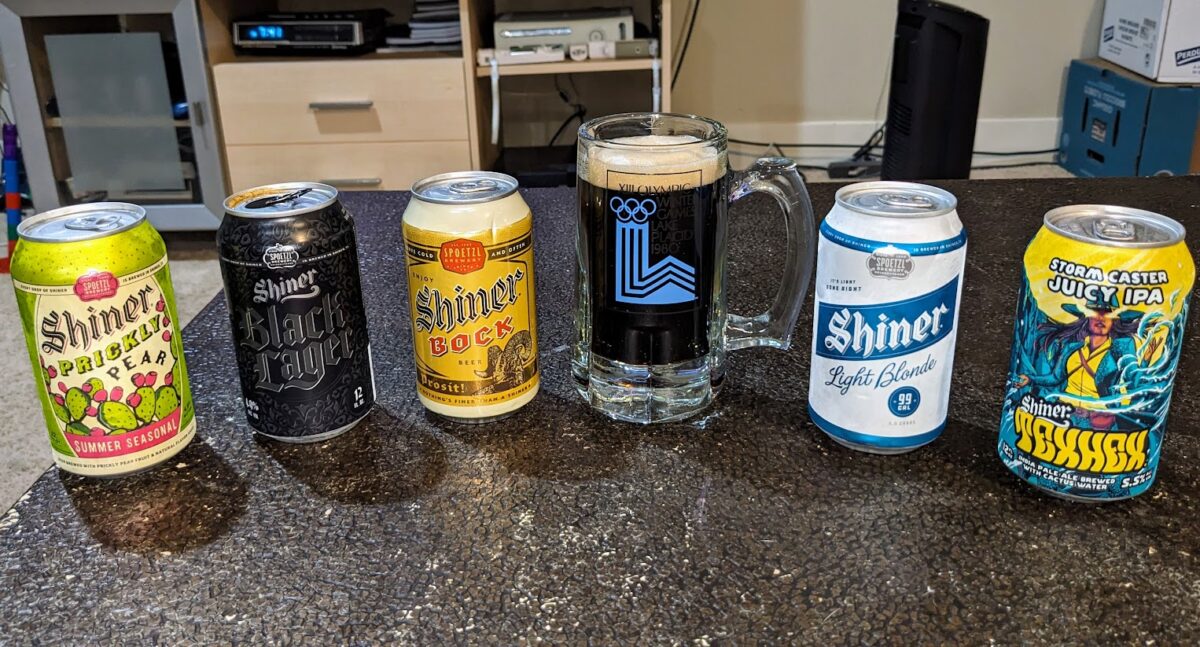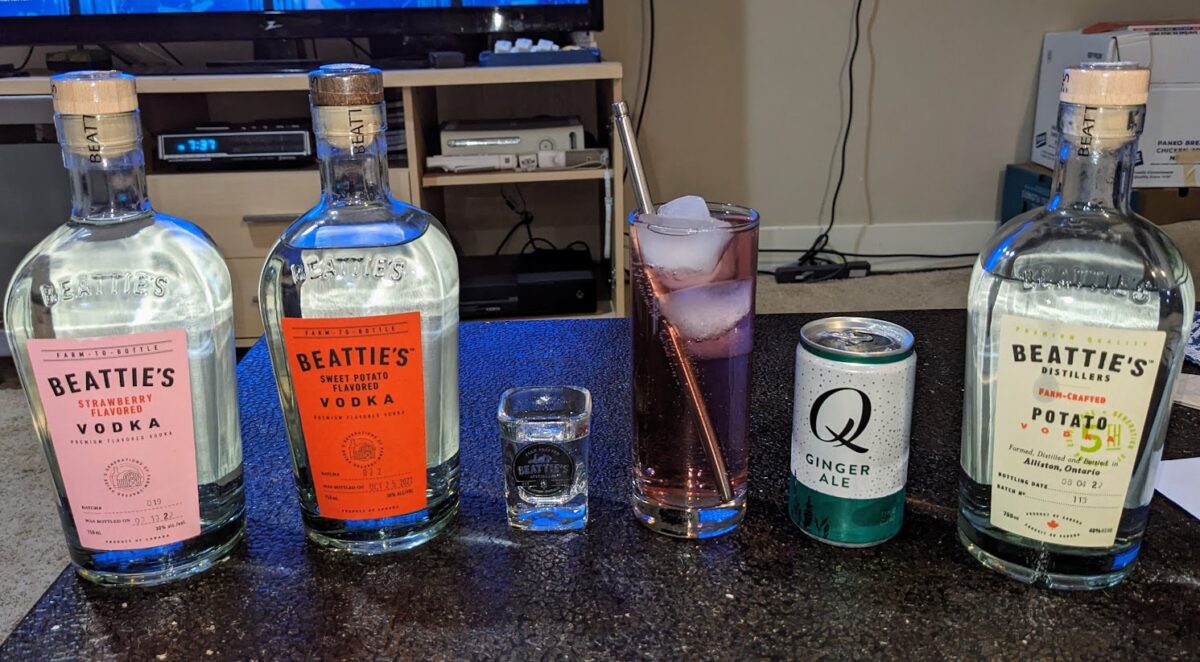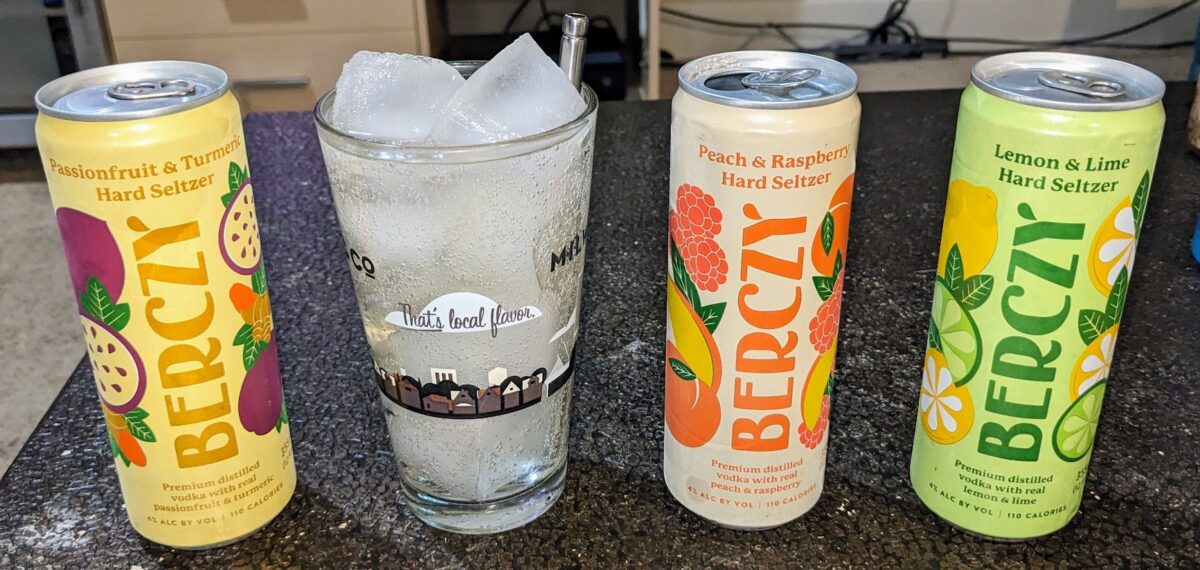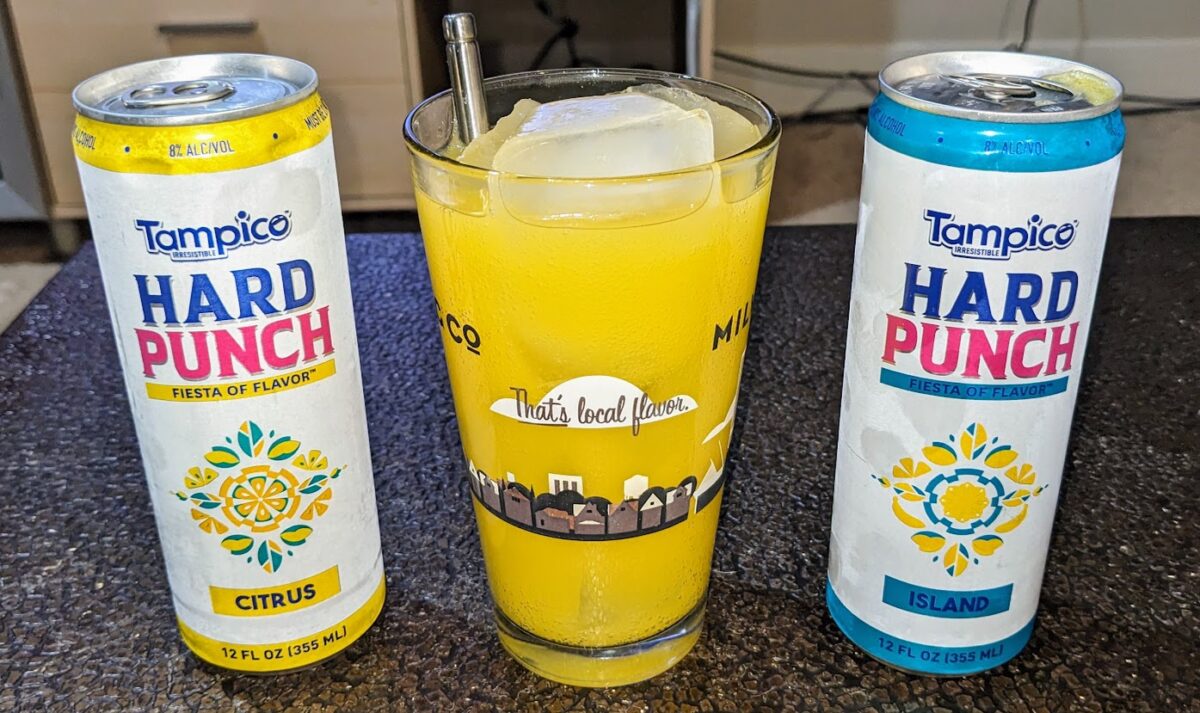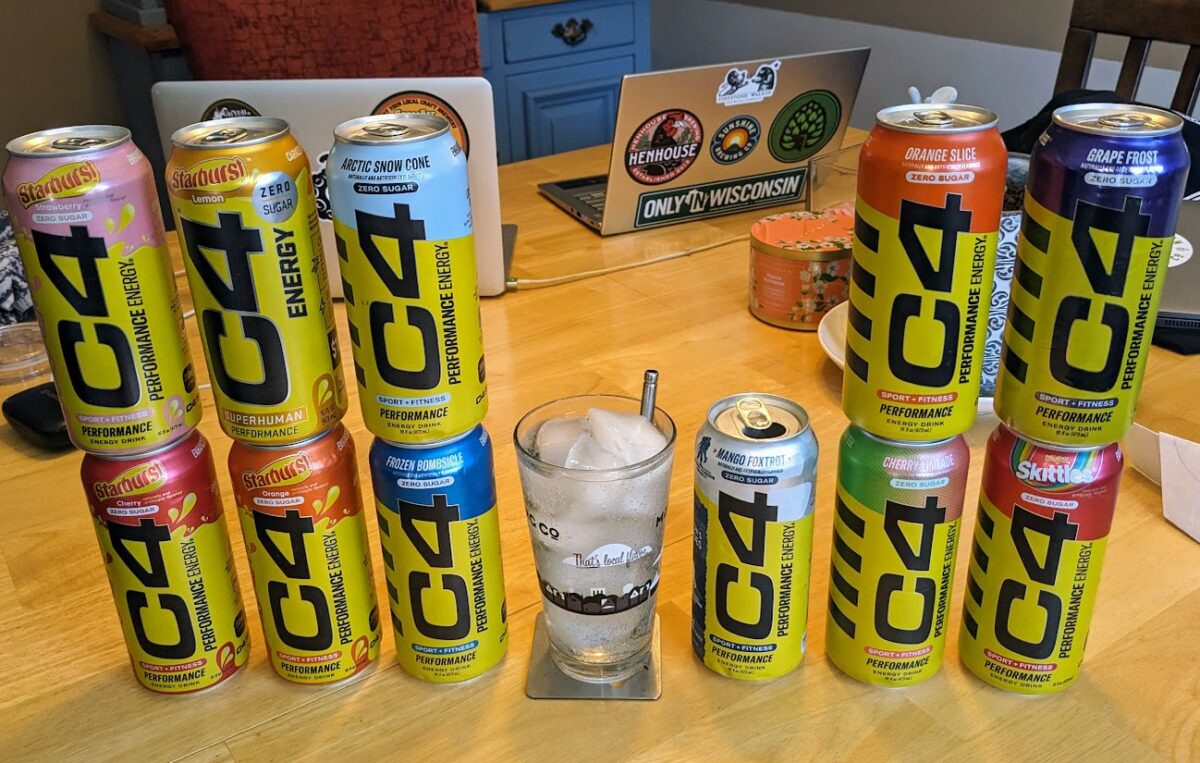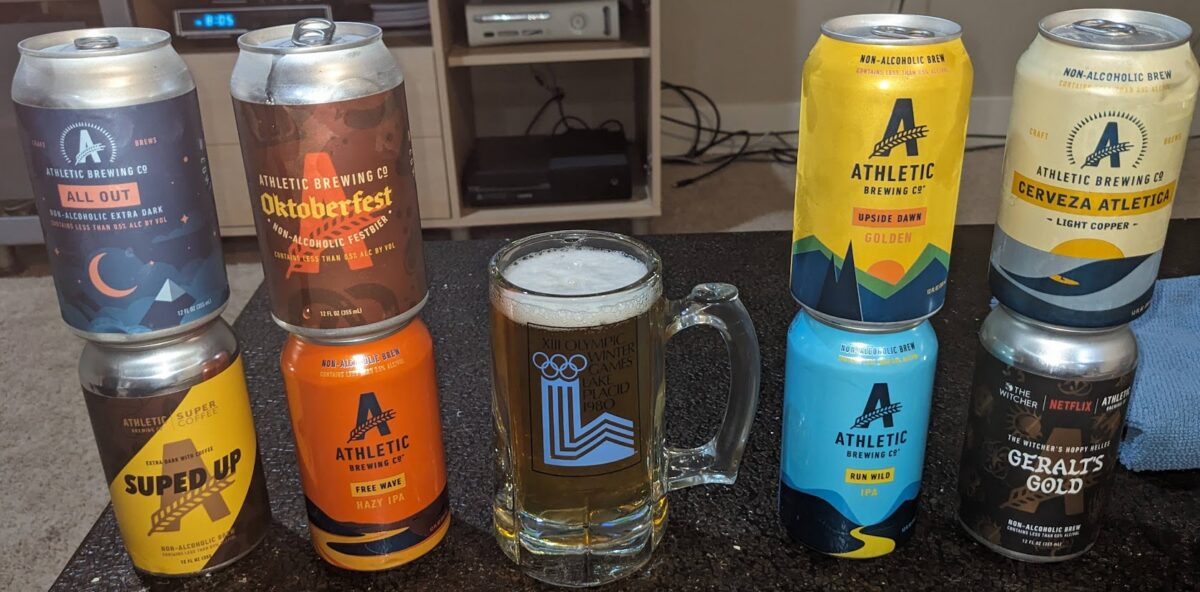Welcome back to FTW’s Beverage of the Week series. Here, we mostly chronicle and review beers, but happily expand that scope to any beverage that pairs well with sports. Yes, even cookie dough whiskey.
Willie’s Superbrew is not like other hard seltzers. That’s clear right away.
Whether it’s the craft brewery-style 16-ounce cans with sticker labels or the bold promise of “superfruit,” it’s not a drink you’d ever confuse with High Noon, White Claw or a host of slim-canned market standbys. The Massachusett brewer’s uniqueness isn’t limited to marketing, either. Their lineup includes flavors like ginger and turmeric and hops, which go above and beyond the La Croix-limited palates of other seltzer brands.
A drink that started as a home-brewed, boozy and fruited ginger beer has expanded to three flavors from its New England roots. And each can, from its DIY aesthetic to the uncommon mashup of flavors inside maintains that vibe. That makes it very interesting and at least a little cool amidst a perpetually expanding marketplace.
But is it any good?
